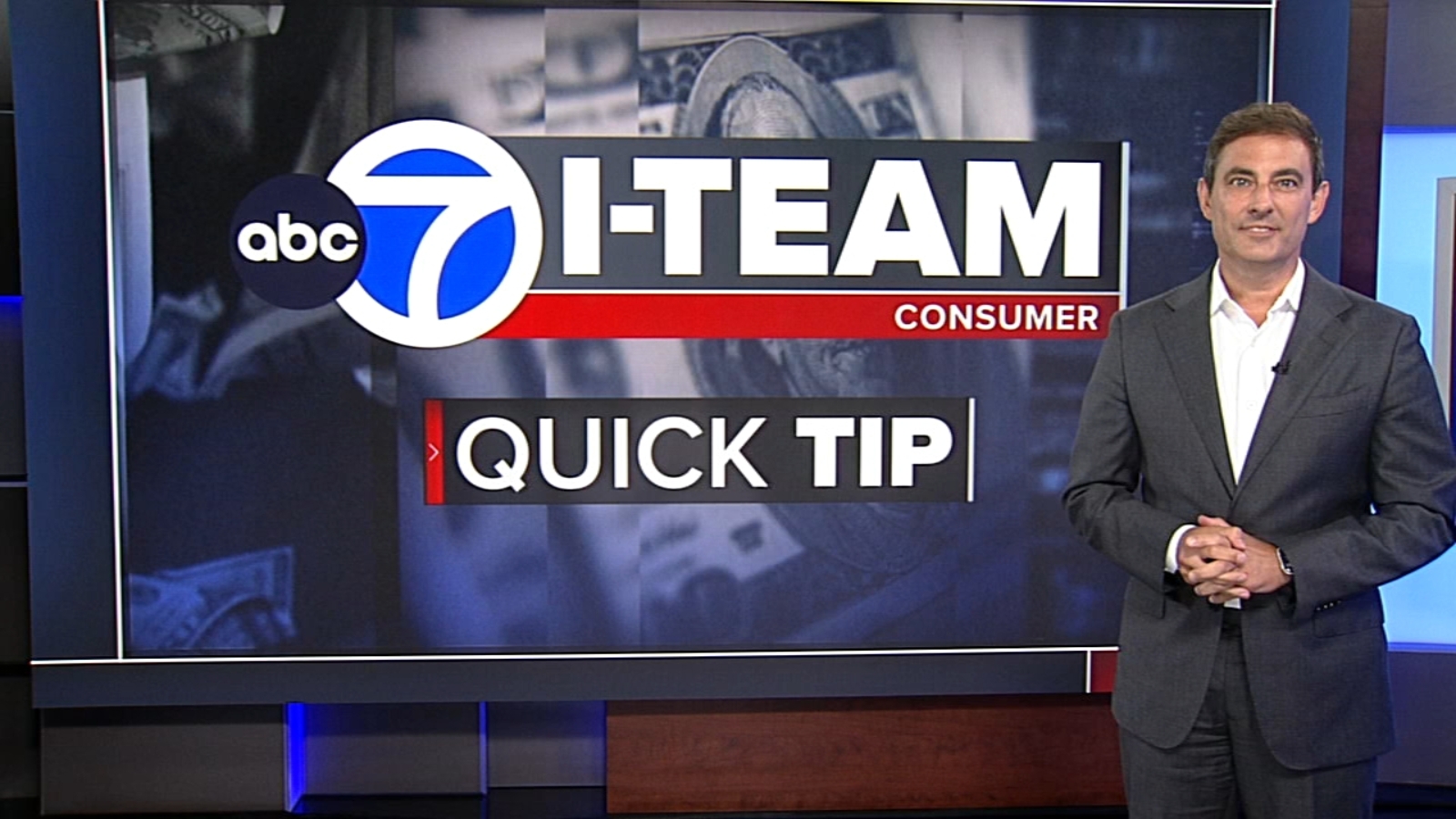Many consumers unknowingly fall victim to the insidious phenomenon known as “subscription creep,” a stealthy drain on personal finances that can significantly impact one’s overall financial well-being. This often goes unnoticed, as small, recurring payments accumulate over time, creating a substantial burden on bank accounts and undermining diligent financial management efforts.
One of the most common culprits in this financial leakage is the forgotten autopay subscription. These can range from long-disused gym memberships and streaming services to obscure mobile applications or online tools that were signed up for months or even years ago. These recurring payments, though seemingly minor individually, collectively siphon away significant sums without providing any current value or benefit to the user.
Another prevalent form of subscription trap involves trial offers that quietly transition into paid services. Consumers often sign up for free trials, intending to cancel before the billing period begins, but forget to do so. The initial free access seamlessly converts into a monthly or annual charge, adding another unnoticed expense to the ever-growing list of obligations, making effective budgeting increasingly challenging.
Furthermore, bundles that include services never truly utilized contribute to this pervasive issue. Telecom providers, software companies, and even media outlets frequently offer packages that combine multiple services, some of which may be irrelevant to the consumer’s needs. Paying for these unneeded components means resources are being wasted on items that do not offer genuine value, undermining overall money saving tips and efforts.
The cumulative effect of these seemingly minor, overlooked charges can be profound, silently eroding personal savings and disposable income. What begins as a negligible monthly fee can quickly escalate into hundreds or even thousands of dollars annually, jeopardizing financial goals and hindering one’s ability to save for significant expenditures or emergencies. This makes understanding consumer finance crucial for everyone.
To combat this pervasive issue, a proactive approach to financial management is essential. Regularly reviewing bank statements and credit card bills is paramount, enabling consumers to identify unfamiliar or forgotten charges. Utilizing dedicated subscription tracking apps or online tools can also provide a clear overview of all active recurring payments, making it easier to spot and address discrepancies.
Once identified, taking swift action is crucial. Canceling unwanted subscriptions can often be done directly through the service provider’s website or app. In some cases, contacting customer service may be necessary. For bundles, exploring options to unbundle services or negotiating for a lower price on desired components can yield significant savings and enhance money saving tips for the long term.
Ultimately, preventing subscription creep requires vigilance and consistent effort. Incorporating a routine financial audit into your monthly or quarterly schedule ensures that all expenditures align with your current needs and budget. This diligent approach not only prevents unnecessary financial drain but also fosters a stronger sense of control over your consumer finance, promoting healthier spending habits.
Embracing these strategies for effective financial management can lead to substantial long-term savings. By actively monitoring recurring payments and avoiding the subscription trap, individuals can reclaim significant portions of their income, enabling better budgeting and investment opportunities, and ultimately securing a more stable financial future with practical money saving tips that work.






Leave a Reply